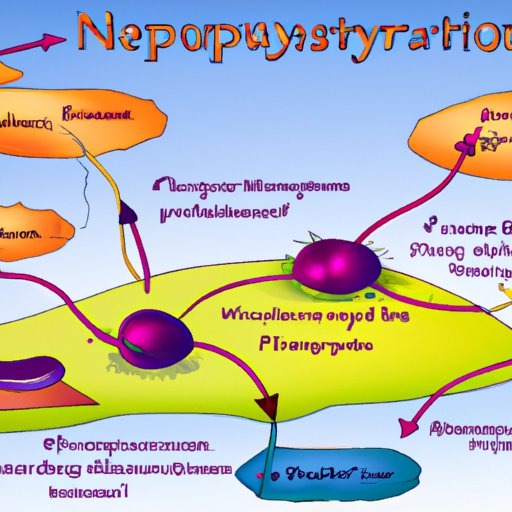Introduction
Neuroplasticity is the ability of the brain to learn, adapt and change throughout a person’s life. This phenomenon has been studied extensively in recent decades and has become an important topic in neuroscience. Neuroplasticity can occur in response to experience, injury or illness – but how exactly does it work? In this article, we will explore the science behind neuroplasticity, examining the mechanisms of neuroplasticity and its implications for future research.
Exploring the Science Behind Neuroplasticity
Our brains are incredibly complex organs, composed of billions of neurons that communicate with each other through electrical signals. Neuroplasticity is the process by which our brains adapt and change in response to different stimuli, forming new connections between neurons and reorganizing existing ones. This process is essential for learning, memory formation, and the development of new skills. Neuroplasticity can also be beneficial in recovery from injury or illness, as the brain is able to reorganize itself to compensate for any damage.

Examining the Mechanisms of Neuroplasticity
The neuroscience behind neuroplasticity is complex, but there are some key concepts that can help us understand how it works. Neurotransmitters are chemical messengers that facilitate communication between neurons. When a neuron fires, it releases neurotransmitters that travel to other neurons and stimulate them to fire. This process is known as synaptic plasticity and is one of the main mechanisms of neuroplasticity.
Synaptic plasticity involves the strengthening or weakening of connections between neurons over time. When a neuron is repeatedly stimulated, the connection between it and the neuron that stimulated it is strengthened. This allows the neuron to fire more quickly and efficiently when it receives similar signals in the future. Conversely, if a neuron is not stimulated often, the connection between it and the neuron that stimulated it is weakened, leading to slower and less efficient firing.
Another key concept in understanding neuroplasticity is Hebbian theory. This theory proposes that neurons that fire together wire together – meaning that neurons that are frequently activated together form stronger connections. This strengthens the pathways between neurons, making them more likely to fire together in the future.
Conclusion
Neuroplasticity is an amazing phenomenon that allows our brains to adapt and change in response to experience, injury or illness. By understanding the neuroscience behind neuroplasticity, we can better appreciate the mechanisms of neuroplasticity and its implications for future research. Neuroplasticity can be beneficial in many ways, from learning new skills to recovering from injury or illness. As research into neuroplasticity continues, we will gain a better understanding of how this incredible process works.
(Note: Is this article not meeting your expectations? Do you have knowledge or insights to share? Unlock new opportunities and expand your reach by joining our authors team. Click Registration to join us and share your expertise with our readers.)
